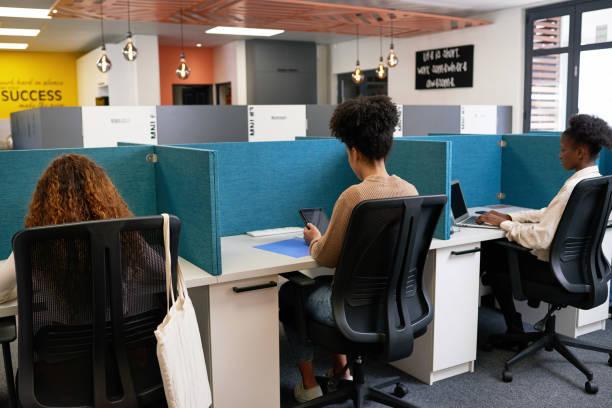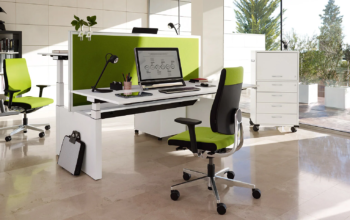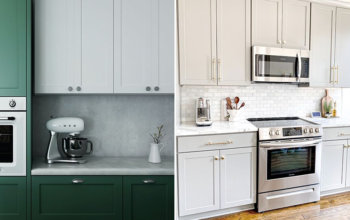Introduction to Cubicle Office
The iconic cubicle office has been a staple of corporate environments for decades, epitomizing both efficiency and privacy. Despite evolving trends toward open and collaborative workspaces, cubicles continue to play a vital role in shaping the modern workplace. In this article, we delve into the history, design philosophy, advantages, and challenges associated with cubicle office, exploring how they have adapted to meet the ever-changing needs of the contemporary workforce.
The Evolution of Cubicles
The concept of the cubicle office emerged in the early 1960s as a response to the growing need for a more organized and space-efficient work environment. Inspired by German office landscapes, American designer Robert Propst introduced the Action Office system, which laid the groundwork for the cubicle as we know it today. Initially conceived to offer a balance between open collaboration and individual focus, cubicles have undergone several transformations to address the evolving nature of work.
Efficiency and Space Utilization
One of the primary advantages of cubicle offices lies in their efficiency and space utilization. By providing each employee with a designated, semi-private workspace, companies can maximize the use of available square footage. Cubicles enable organizations to accommodate a larger number of employees within a given area, making them a practical choice for businesses with a focus on cost-effective office layouts.
Balancing Collaboration and Privacy
Cubicle offices strike a balance between the need for collaboration and the requirement for individual privacy. The low walls of cubicles allow for easy communication and quick access to colleagues, fostering a sense of camaraderie and teamwork. At the same time, the partial enclosure provides employees with a degree of personal space, minimizing distractions and creating an environment conducive to focused work.
Customization and Personalization
While the stereotypical image of a bland, gray cubicle may come to mind, modern cubicle designs emphasize customization and personalization. Employees can infuse their workspaces with individual touches, from personalized decor to ergonomic accessories. This personalization not only enhances employee satisfaction but also contributes to a more vibrant and engaging workspace.
Ergonomics and Employee Well-being
Cubicle offices have adapted to the growing emphasis on employee well-being and ergonomics. Height adjustable desks, ergonomic chairs, and improved lighting solutions are integrated into modern cubicle designs, addressing concerns related to comfort and health. By prioritizing ergonomic considerations, companies can create a more conducive and supportive work environment within the confines of cubicle layouts.
Technology Integration
In response to the increasing reliance on technology in the workplace, cubicle offices have evolved to seamlessly integrate modern technological tools. Cable management systems, built-in charging stations, and connectivity solutions are now standard features in many cubicle designs. This technological integration not only enhances efficiency but also ensures that cubicle-based workspaces remain relevant in an era dominated by digital connectivity.
Adaptability to Remote Work
The rise of remote work has prompted a reevaluation of traditional office setups, including cubicle offices. Companies are exploring ways to make cubicle-based work more adaptable to remote work scenarios. This includes providing tools for virtual collaboration, creating flexible work schedules, and ensuring that employees can seamlessly transition between office-based and remote work environments without compromising productivity.
Addressing Challenges of Isolation
While modern cubicle offices offer a degree of privacy, they can also pose challenges related to isolation and a lack of social interaction. Recognizing this, modern workplace design incorporates communal spaces, breakout areas, and collaborative zones to complement the benefits of cubicles. This holistic approach seeks to strike a balance between individual workspaces and shared areas, promoting a sense of community and mitigating the potential drawbacks of isolation.
Conclusion
Cubicle offices have stood the test of time, adapting to the changing needs of the modern workplace. While the open-office trend has gained traction, the cubicle remains a practical solution for organizations seeking a balance between efficiency, privacy, and collaboration. By embracing customization, technology integration, and ergonomic considerations, cubicle offices continue to be a relevant and valuable component of contemporary office design. As businesses navigate the evolving landscape of work, the cubicle office remains a versatile and adaptable solution that can be tailored to meet the unique requirements of each organization.



